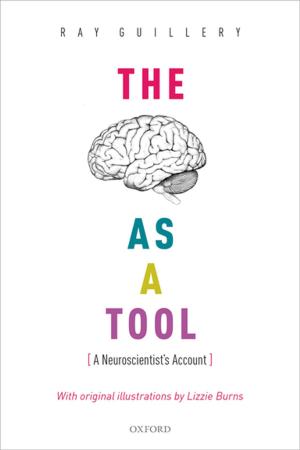Writing and Script: A Very Short Introduction
Nonfiction, Reference & Language, Language Arts, Social & Cultural Studies, Social Science, History| Author: | Andrew Robinson | ISBN: | 9780191579165 |
| Publisher: | OUP Oxford | Publication: | August 27, 2009 |
| Imprint: | OUP Oxford | Language: | English |
| Author: | Andrew Robinson |
| ISBN: | 9780191579165 |
| Publisher: | OUP Oxford |
| Publication: | August 27, 2009 |
| Imprint: | OUP Oxford |
| Language: | English |
Without writing, there would be no records, no history, no books, and no emails. Writing is an integral and essential part of our lives; but when did it start? Why do we all write differently and how did writing develop into what we use today? All of these questions are answered in this Very Short Introduction. Starting with the origins of writing five thousand years ago, with cuneiform and Egyptian hieroglyphs, Andrew Robinson explains how these early forms of writing developed into hundreds of scripts including the Roman alphabet and the Chinese characters. He reveals how the modern writing symbols and abbreviations we take for granted today - including airport signage and text messaging - resemble ancient ones much more closely than we might think. ABOUT THE SERIES: The Very Short Introductions series from Oxford University Press contains hundreds of titles in almost every subject area. These pocket-sized books are the perfect way to get ahead in a new subject quickly. Our expert authors combine facts, analysis, perspective, new ideas, and enthusiasm to make interesting and challenging topics highly readable.
Without writing, there would be no records, no history, no books, and no emails. Writing is an integral and essential part of our lives; but when did it start? Why do we all write differently and how did writing develop into what we use today? All of these questions are answered in this Very Short Introduction. Starting with the origins of writing five thousand years ago, with cuneiform and Egyptian hieroglyphs, Andrew Robinson explains how these early forms of writing developed into hundreds of scripts including the Roman alphabet and the Chinese characters. He reveals how the modern writing symbols and abbreviations we take for granted today - including airport signage and text messaging - resemble ancient ones much more closely than we might think. ABOUT THE SERIES: The Very Short Introductions series from Oxford University Press contains hundreds of titles in almost every subject area. These pocket-sized books are the perfect way to get ahead in a new subject quickly. Our expert authors combine facts, analysis, perspective, new ideas, and enthusiasm to make interesting and challenging topics highly readable.















